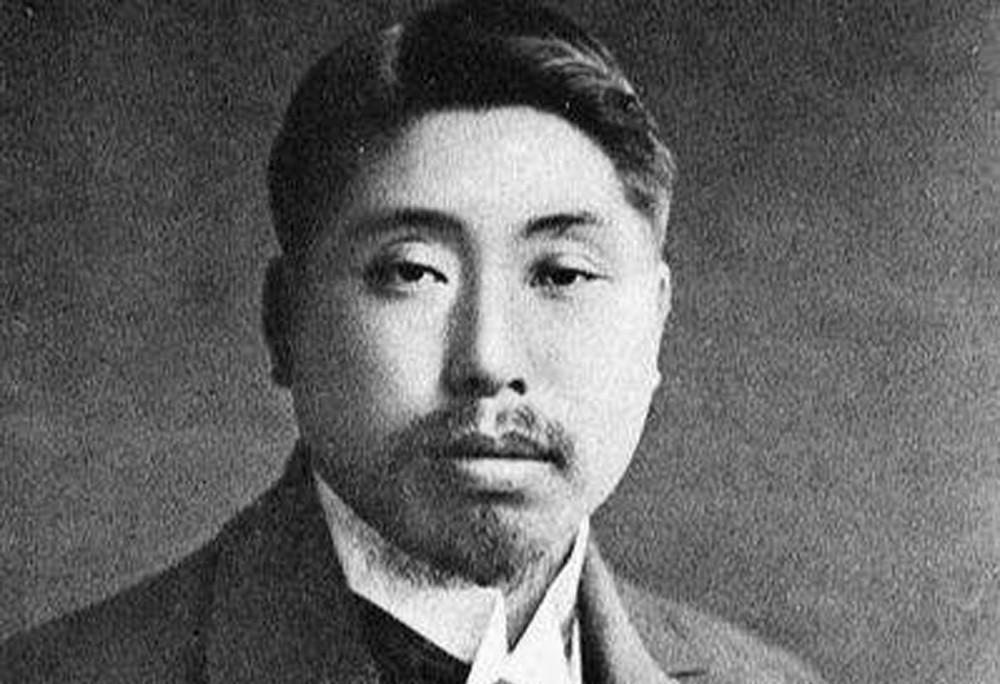Huang Xing: Founding Father of the Xinhai Revolution
Huang Xing, whose original name was Huang Yi, was born on October 25, 1874 in Liangtang, Shanhua County, Hunan (located in what is now Huangxing Town, Changsha County).
Huang Xing was 5 years old and studied at his father's private school, at the age of 8 he studied at Xiao Juren's private school, at the age of 11 he studied under the retired Hanlin Zhou Kasayu, in 1893 he entered the Chengnan Academy, in 1898 he was transferred to the Xiangshui School of Changsha, and was re-elected to wuchang Lianghu Academy for further study.

In 1902, Huang Xing was sent to Japan to study at the governor of Huguang, Zhang Zhidong. Because Tsarist Russia forcibly occupied the northeast of our country, Huang Xing and various students studying in Japan organized a "volunteer team to resist Russia" and prepared to go to the northeast to fight against Tsarist Russia, but they were strongly prevented by the Qing government. At this time, Huang Xing realized that anti-imperialism must be anti-Qing, so he resolutely gave up studying abroad and returned to China to carry out the anti-Qing revolution.
On February 15, 1904, Huang Xing established the huaxing association of revolutionary groups in Changsha and served as its president. In July 1905, Huang Xing and Sun Yat-sen met in Japan. The two then agreed on the revolutionary group and the anti-Qing issue. On August 20 of that year, the League was established in Tokyo, Japan.
After the establishment of the League, Huang Xing instigated and led a series of armed uprisings. In 1908, Huang Xing led more than 200 people of the Southern Route Army of the Chinese Nationalist Army in the Shangsi area of Qinlian, Guangxi, and fought with more than 20,000 Qing troops for more than 40 days, winning more with less, winning more in seven battles, and winning seven victories.
On April 27, 1911, the Huanghuagang Uprising broke out. Huang Xing, a pioneer soldier, personally led more than a hundred death squads to storm the Qing court's Liangguang Governor's Office, although he was shot in the middle finger of his right hand, he still insisted on fighting, and finally because the enemy was outnumbered, the uprising failed.
On October 10, 1911, the Wuchang Uprising broke out. Huang Xing arrived in Wuchang on 28 October and was inaugurated wartime commander-in-chief of the Republic of China's junta on 3 November. Under the command of Huang Xing, the rebel army fought bloody battles with the Qing army in Hankou and Hanyang for more than a month, winning time for the provinces to respond to the Wuchang uprising.
In mid-December 1911, Huang Xing was elected grand marshal by the provincial congresses, but Huang Xing insisted that Sun Yat-sen should serve as grand marshal. In the course of the revolution, Huang Xing always adhered to Sun Yat-sen's leadership position and was willing to play a supporting role. In January 1912, after the establishment of the Nanjing Provisional Government, Huang Xing was appointed chief of the army and chief of staff. In April, Huang Xing was appointed as a retainer in Nanjing, and in June, he resigned as a retainer in Nanjing.
At the end of July 1913, after the defeat of the Nanjing War against Yuan, Huang Xing fled from Shanghai to Hong Kong and then to Japan. In order to promote unity within the party and unanimously seek yuan, Huang Xing traveled to the United States and other places at the end of June 1914. During this period, Huang Xing wrote several letters to revolutionaries urging Xingshi to consult Yuan.
On July 8, 1916, at the invitation of all walks of life in China, Huang Xing returned to China and arrived in Shanghai. However, due to overwork, he died in Shanghai on October 31 at the age of 42, and was buried in Yuelu Mountain, Changsha on April 15, 1917. (People's Daily News)